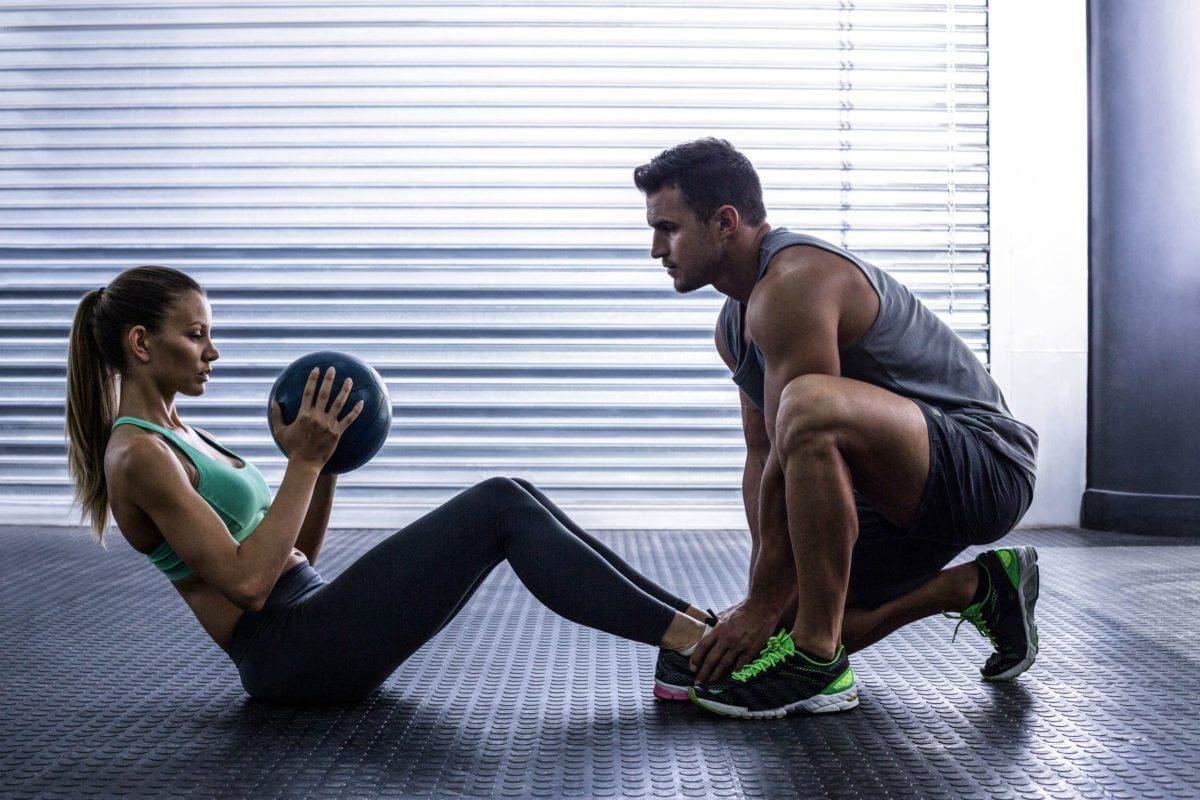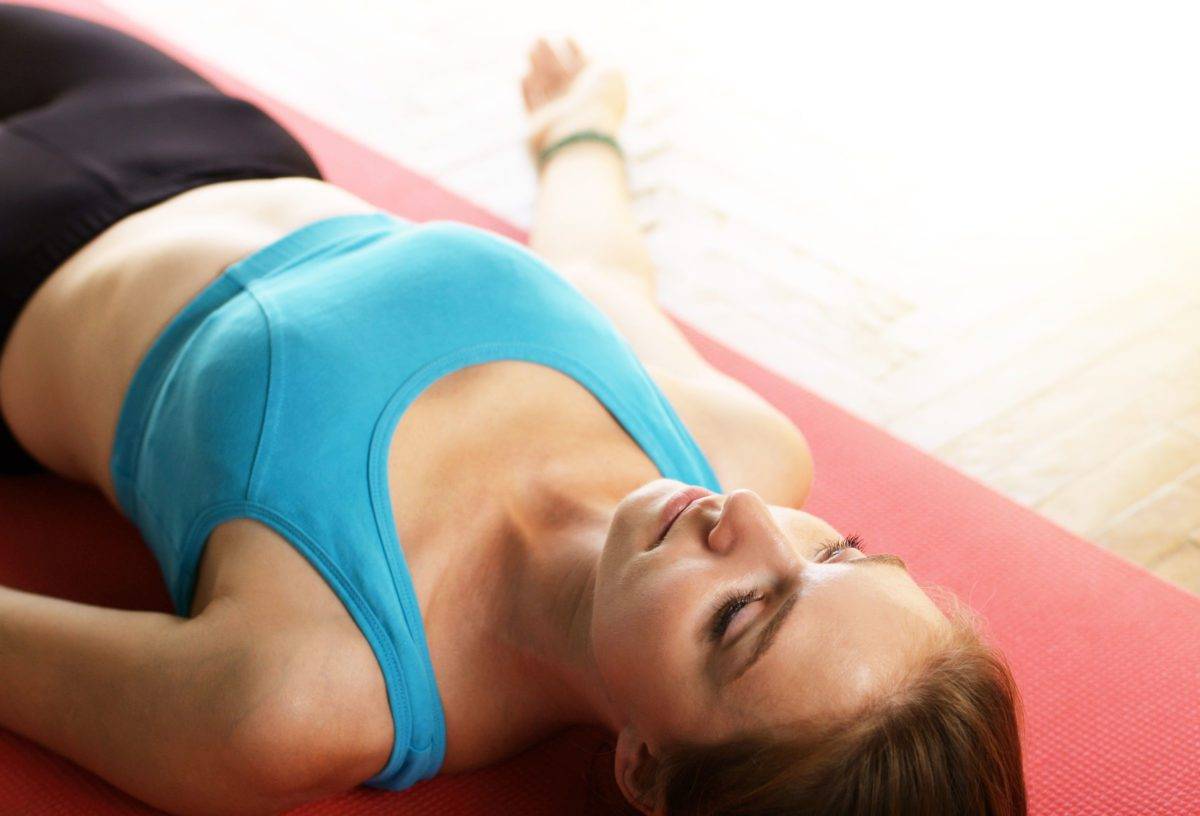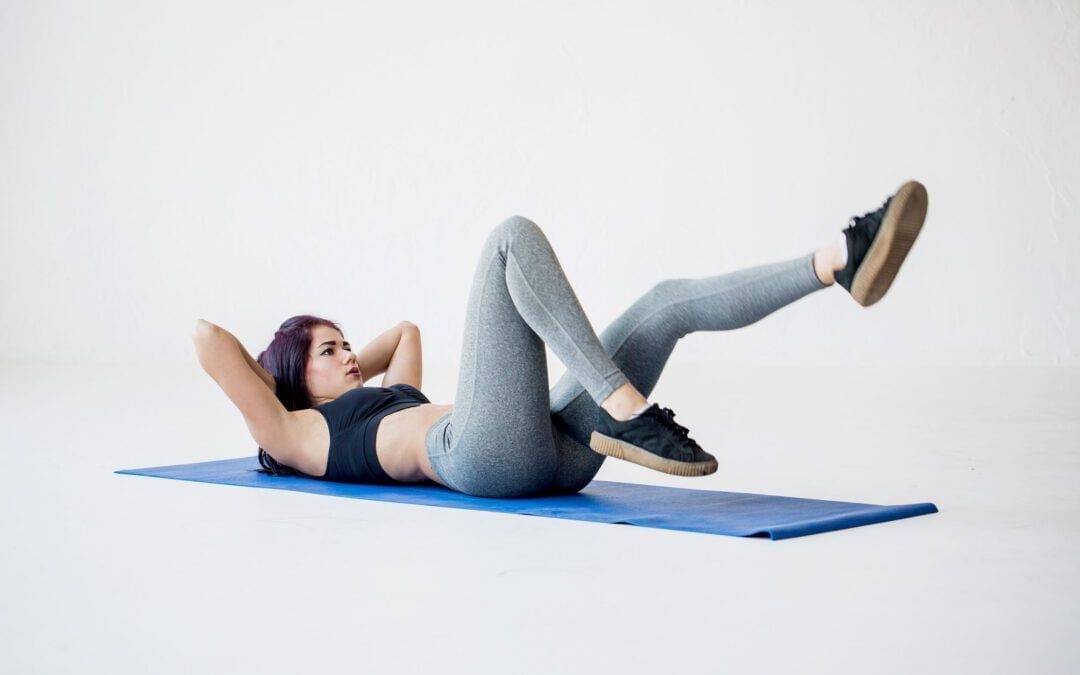By Dr. Ryan Trueman, DC
#1. Warming Up is a Critical
To start off, doing hours of foam rolling and static stretching doesn’t count! Getting a warm up means getting your body temperature up and adding in some exercise-specific dynamic stretching to prepare your body for loaded movement. Add in 5-10 minutes of light cardio at the beginning of your workout like walking on the treadmill or hoping on a spin bike and you will avoid many more injuries than static stretching will accomplish! It doesn’t need to be aggressive or high intensity, we just want to prepare your tissues for the movements coming in your workout!

#2. Know Your Physical Limits!
Everyone wants to come out of the blocks at a full sprint. Remember exercise and cardiovascular training are built progressively over time. Don’t do more than you can handle and end up at our clinic needing treatment! Exercising well outside your safe capacity won’t always speed up your results but generally leads to overtraining and repetitive strain injuries. Sometimes you have to work smarter, not harder. One thing to warn those new to working out is the dreaded DOMS. DOMS stands for delayed onset muscle soreness and generally is felt most in larger muscle groups and muscle insertions (where they attach to bone). DOMS generally peaks around 1-3 days post-exercise. DOMS is NOT an injury and you should recover quickly if you keep moving! If you are having a lot of trouble with DOMS hanging around, rolling out and light cardio generally help!
#3. Know Your Mobility Limits!
Before every exercise, I recommend you run through the movement with a very light load. This not only allows you to do some lift-specific dynamic movements, but it also gives you a great opportunity to see if you can even get your body into the lifting position safely. Are your individual hips designed to squat to the floor? Is your shoulder and upper back mobility good enough to lift overhead without leading to injury? Reminder: we do more than just treat pain! If you have a physical limitation or dysfunction keeping you from moving properly we can certainly address those issues too! Pain is often the last symptom of a poorly functioning system, let’s make sure the car works properly before putting it on the track!

#4. Work Your Core Properly
A lot of people have heard “a strong core supports your back” if you have a bad back you most likely got a recommendation from Dr. Google to work on core strengthening. The issue here is a lot of core work can be bad for your back and an individualized program should be made for each case based on your dysfunction/injury. Should core be your focus with a low back injury, it is always a good idea to have someone assess you individually.

#5. Breathe Properly
Here is a quick test, put your hand over your chest and another over your belly. Try to breathe as normally as possible and see which hand moves more. If you notice your rib cage moving upward more than your belly, you are most likely breathing with your neck and not your diaphragm! So if you find yourself turning blue in the face or flexing your neck to get that final rep in, you are probably doing more harm than good in the long run. I often recommend inhaling on your exercise setup and exhaling during the strenuous phase to avoid this.
Feel free to read more about us on our website to learn how the Active Approach can help you diagnose your injury, stay healthy, and get back to your active life!

